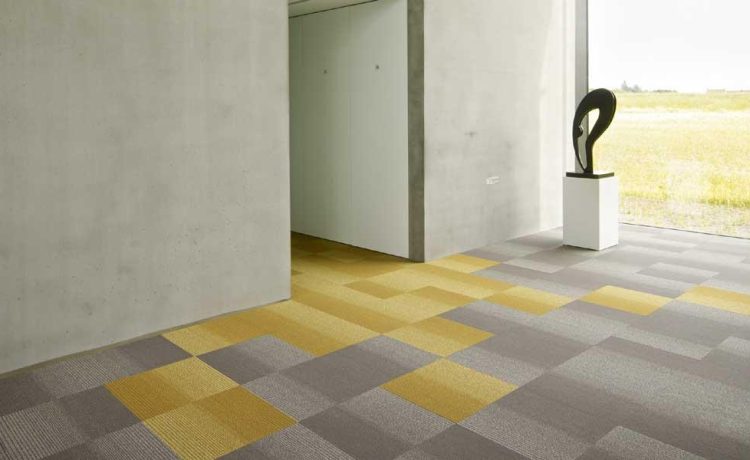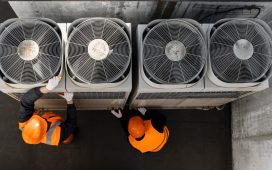Rubber flooring is the floors made out of natural tree rubber or from artificial materials that are often reused vehicle tires. This flooring material owns high flexibility and is highly durable demanding less maintenance.
Rubber flooring is a good option for accepting heavy foot traffic like gym areas and hospitals. It provides an amply of choices in design for homeowners and is a good surface option for enhancing the beauty of the space.
Let’s confer the important features, types, and benefits of rubber flooring in the construction industry.
Features of Rubber Flooring
- Rubber flooring is a type of resistant flooring
- It is a good choice for floors exposed to heavy traffic.
- It is suitable for hard-wearing surfaces and is easily washed
- It is a bit of luxurious floor material compared to other flooring types. But due to its toughness and low-maintenance cost, it is considered a good initial investment.
Forms of Rubber Floors
The rubber floors are either synthetic homogeneous or laminated. Homogeneous rubber floors are the ones with unchanging color throughout the entire product. While laminated floors have patterns and colors that are useful only on the top layer of the product.
But, a homogeneous or laminated rubber can come in the following kinds:
Interlocking Tiles
Square Edge Tiles
Sheets or Rolls
- Interlocking Rubber Floor Tiles
Rubber flooring in tile form comes in more complicated and multicolor. They are installed by locking them together and do not require any glue. It is laid freely and hence requires the correct location of tiles to prevent any undulations.
Square Edge Rubber Floor Tiles
These are rubber tiles in a square shape that need adhesive to have a permanent installation. These have sharp edges which provide an almost seamless finish to the floor.
Rubber Floor Sheets or Rolls
These are flooring types placed in the form of wall carpets. The size is ordered and constructed on the longest length required. The flooring is cut into the shape of the space, even everywhere the obstacles and corners.
Type of Rubber Flooring Materials
Rubber flooring products can be made either using artificial, latex, or reused materials. Based on this, there are:
- Synthetic Rubber Floors
- Latex or Natural Rubber Flooring
- Recycled Rubber Flooring
The advantages of rubber flooring make it a great option in an extensive range of commercial and residential settings. Rubber floors have now been in use in gyms, fieldhouses, educational services, healthcare facilities, and other commercial locales and they are being used more in homes for laundry rooms, exercise rooms, and more
The main advantages of rubber flooring are:
- Simple maintenance of rubber floor is easy
- Its durability is high
- Rubber flooring has high resilience
- It provides insulation
- Rubber flooring prevents underfloor heating
- Quick and easy installation
- Its removal is very easy
- They can be reused
- Rubber floors maintain their original dimensions.
- Free of PVC
- Absorb sound and resist static
- Water and moisture resistance
- Heavy impact resistance
- Resistance to scuff marks and scratches
- Cigarette burn and chemical spill resistant
- Resistance to stains, mold, and mildew
- Uniform color


















